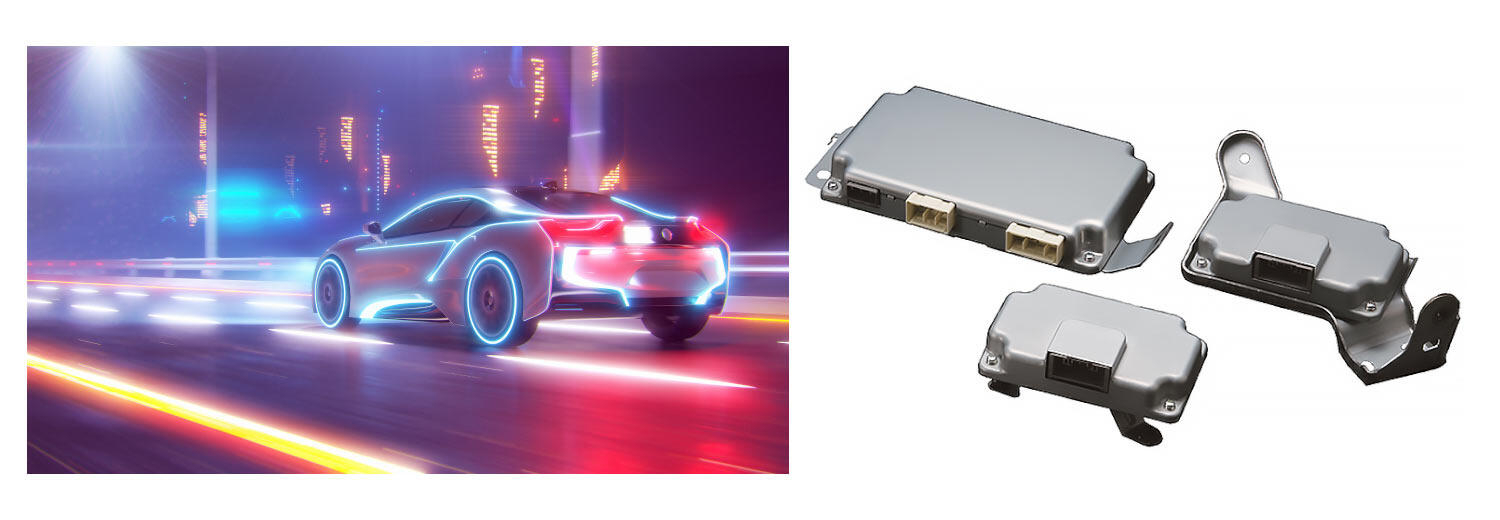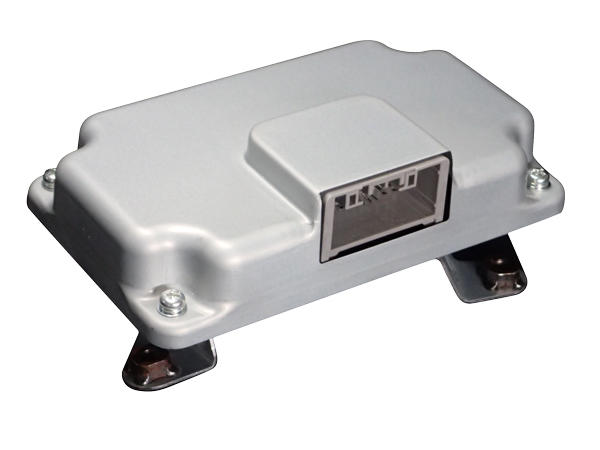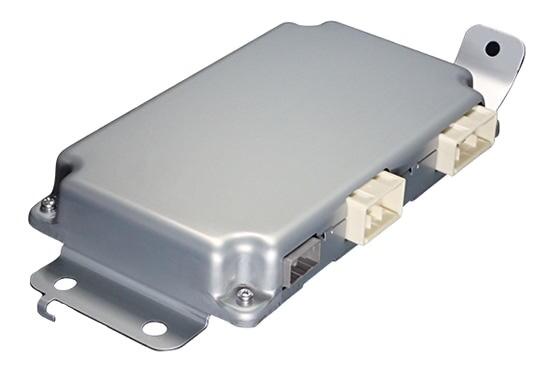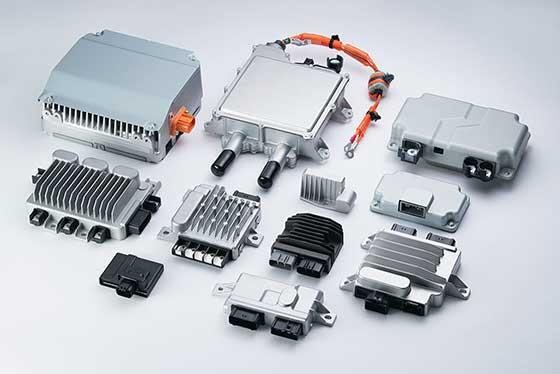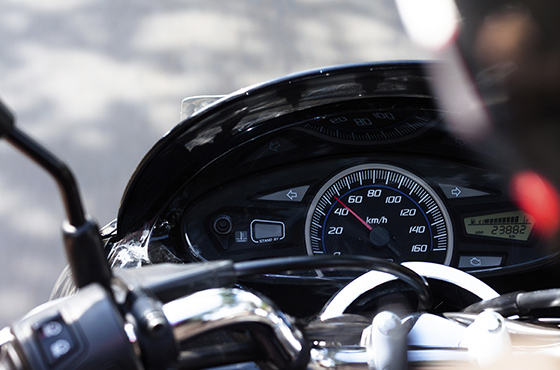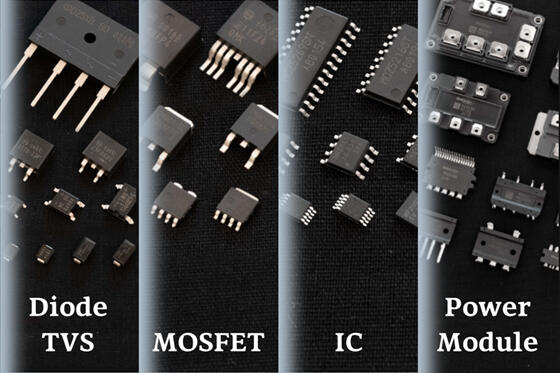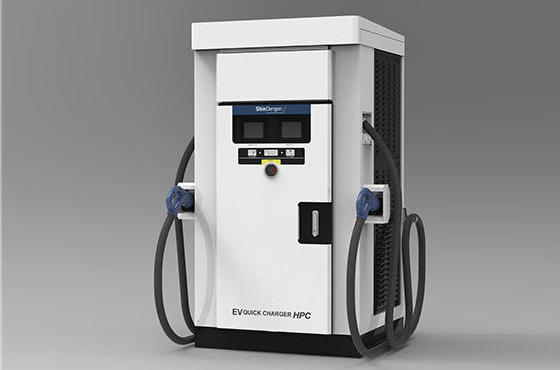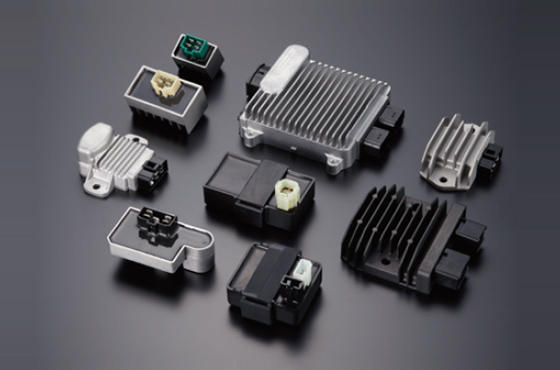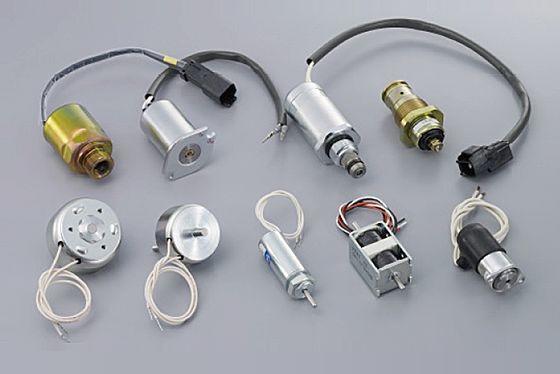The continuing shift toward electrification and electronic control in modern automobiles has resulted in greater numbers of various types of ECU (Electronic Control Units) being installed, and networking of vehicles in recent years in particular has resulted in collaborative control between ECU more common as well.
Going forward, there will be greater demand for the development of ECU with cyber-attack security functions, and other functions installed in response to requirements for greater functional safety aimed at the propagation of automated driving vehicles and connected cars, etc.
Our company's products include adaptive damper system ECU, which control driving stability and ride comfort, as well as rear wheel steering ECU, which control rear wheel toe angle to control driving stability and manageability.
What is Collaborative control?
Carrying out collaborative control through the exchange of data between multiple onboard ECU via an onboard network (onboard LAN) makes it possible to achieve greater performance compared to control of each individual block.
What are Connected cars?
Refers to vehicles which can connect to and communicate information with surrounding vehicles, the Internet, etc., to avoid accidents and achieve optimal driving based on traffic conditions.
ADS Controller
| Use | For gasoline-powered cars, HEVs and P-HEVs |
|---|
Features
This electronic unit controls the driving stability and comfortable ride performance.
Specifications
| Input voltage | 10 V-16 V |
|---|---|
| Output current | 4 ch., maximum 1.8 A per channel (for driving solenoid) |
| Weight | 315 g |
| Cooling type | Natural air cooling |
Rear Wheel Steering Controller
| Use | For gasoline-powered cars, HEVs and P-HEVs |
|---|
Features
This electronic unit controls the toe-in angle for the rear wheels and the steering performance.
Specifications
| Input voltage | 10 V-16 V |
|---|---|
| Output current | 2 ch., maximum 26 A per channel (for DC motor) |
| Weight | 790g |
| Cooling type | Natural air cooling |
